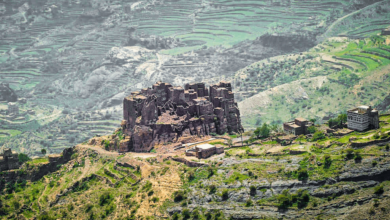
Baby:_Tsh60p5rp8= Hippo
The life cycle of a Baby:_Tsh60p5rp8= Hippo is a fascinating subject that underscores the intricate relationship between these creatures and their aquatic habitats. From their rapid growth rates to their playful social behaviors, understanding the early stages of a hippo’s life provides insight into their survival strategies. However, the challenges they face in a changing environment raise critical questions about conservation efforts and habitat preservation. As we explore these dynamics further, it becomes essential to consider not only the behaviors of baby hippos but also the broader implications for their ecosystems and the conservation measures in place.
Life Cycle of a Baby Hippo
The life cycle of a baby hippo, or calf, begins with a remarkable gestation period lasting approximately eight months.
Upon birth, calves exhibit rapid growth stages, doubling their weight in mere weeks.
Their feeding habits evolve from nursing on their mother’s rich milk to foraging on aquatic vegetation, ensuring their development into robust adults capable of thriving in the wild.
Each stage is vital for survival.
Habitat and Natural Environment
After the early stages of a baby hippo’s life, its habitat plays a significant role in its growth and development.
Thriving in riverine and wetland ecosystems, baby hippos require ample water sources for cooling and feeding.
The dynamics of surrounding grasslands provide essential nutrients, as they graze on lush vegetation, supporting their rapid growth and fostering a strong connection to their natural environment.
Unique Behaviors and Traits
While exploring the unique behaviors and traits of baby hippos, one quickly discovers that these young mammals exhibit a fascinating blend of playfulness and instinctual survival skills.
Their social interactions are marked by affectionate nudging and playful splashing, while their feeding habits involve grazing on grasses.
Additionally, their vocal communication includes a variety of grunts, enhancing group cohesiveness and signaling safety in their aquatic environments.
Read Also Baby:-_Syrxf-Vw4= Mr Clean
Conservation and Protection Efforts
Conservation efforts aimed at protecting baby hippos are crucial for ensuring the survival of this vulnerable species and the delicate ecosystems they inhabit.
Effective conservation strategies focus on habitat preservation and mitigating poaching threats.
Engaging local communities fosters a sense of ownership and responsibility, encouraging sustainable practices that benefit both the hippos and their natural habitats, ensuring a future where all can thrive.
Conclusion
In the delicate balance of the ecosystem, the Baby:_Tsh60p5rp8= Hippo emerges as both an adorable creature and a vital player in maintaining riverine health. Despite their seemingly carefree antics and jovial nature, these calves face significant threats from habitat loss and environmental changes. Ironically, while hippos are often viewed as lumbering giants, their survival hinges on the preservation of their watery homes, reminding humanity that even the most robust among us require protection and care to thrive.




